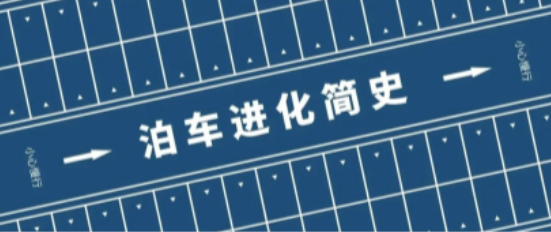From Learning to Drive, Parking is Always a Challenge
When it comes to the subject two test of the driving exam, many novice drivers fail miserably because of their inability to perform the “reversing into parking bay” and “parallel parking” maneuvers.
But parking has always been a major challenge for drivers since the invention of the automobile. Human beings have been pondering and exploring how to make parking easier since the dawn of the automobile.
Humans have Worked Hard on Parking
As early as 1933, Brooks Walker, an inventor from California, USA, invented the “automatic parking system”, which was considered quite advanced at that time.
However, in an era when seat belts were not yet popular, people’s biggest breakthrough was only to tinker with the mechanical structure.
Brooks Walker used the spare tire as an auxiliary wheel for automatic parking because many cars had vertical spare tires at the rear. After parking the car diagonally, all drivers had to do was pull the control lever in the cab, lower the spare tire, lift the tail of the car and move it until it was in position.
Walker’s “Park Car”, another 5-wheel car named after his previous invention, was also designed in the 1950s. However, for reasons unknown such as production cost, technical obstacles, or others, this automatic parking system was not widely popularized.
For drivers, the biggest obstacle to parking is often the blind spot, which limits their visibility. If we change our perspective and minimize the blind spot, would it be feasible?
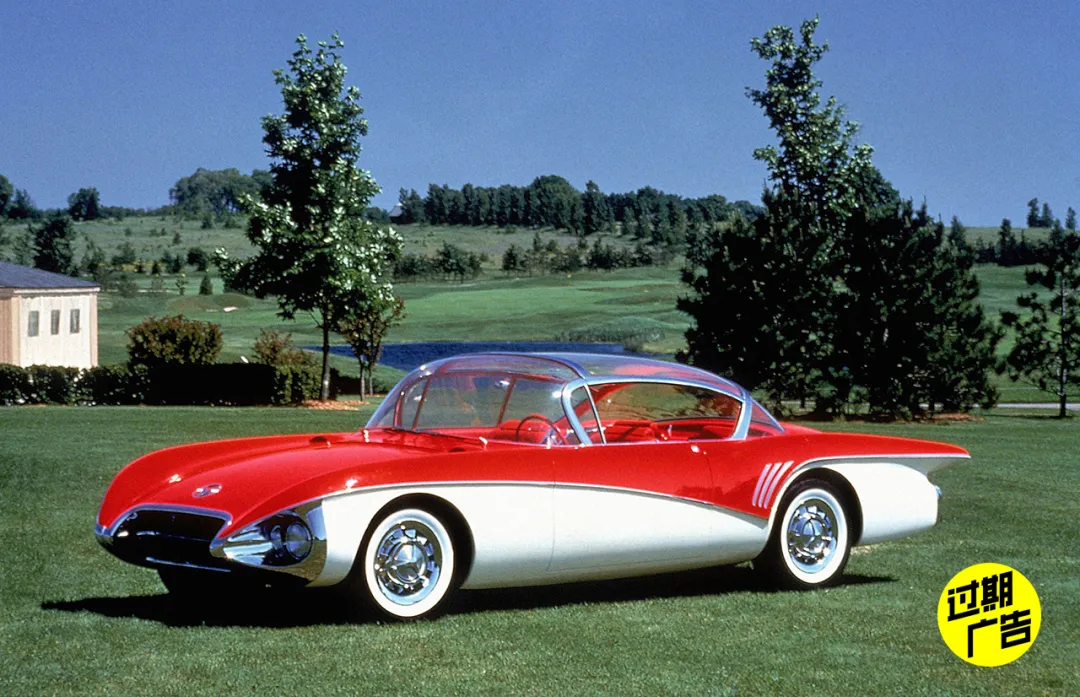 At the 1956 Motorama auto show, Buick unveiled its 1956 Centurion concept car with aviation-inspired design and eye-catching transparent sphere roof. In addition, Buick was also the first to equip a rear wide-angle camera on the car.
At the 1956 Motorama auto show, Buick unveiled its 1956 Centurion concept car with aviation-inspired design and eye-catching transparent sphere roof. In addition, Buick was also the first to equip a rear wide-angle camera on the car.
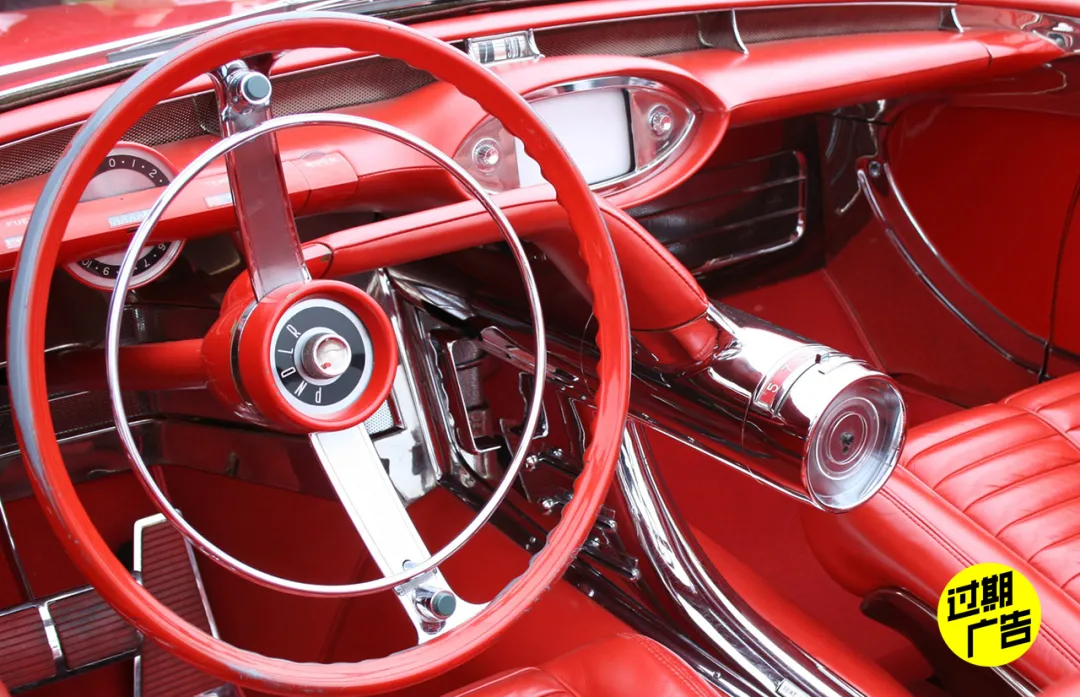
Replacing traditional rearview mirrors with a camera display on the television was groundbreaking technology at the time, and can be considered the precursor to modern streaming rearview mirrors.
To come up with this solution in 1956 was truly visionary, and this design was cutting-edge technology ahead of its time.
However, due to technological limitations and high costs, rearview cameras were not widely adopted for mass production for quite some time after that.
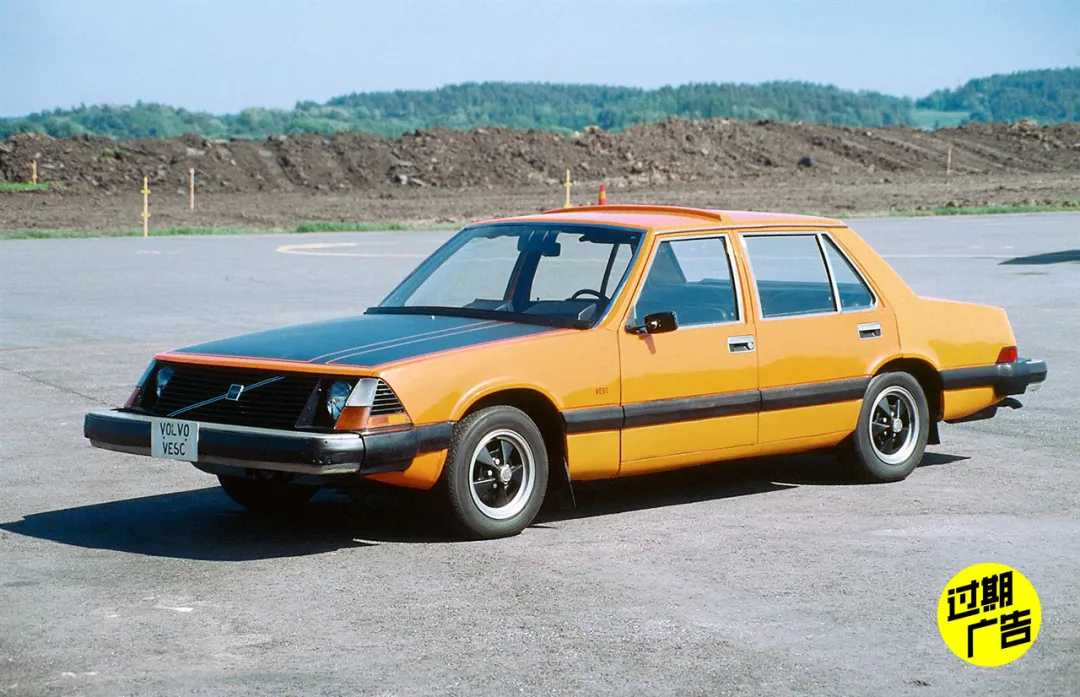
In 1972, 16 years later, Volvo also installed a rearview camera in its VESC Concept Car, but it remained in the experimental stage and did not make it to mass production.
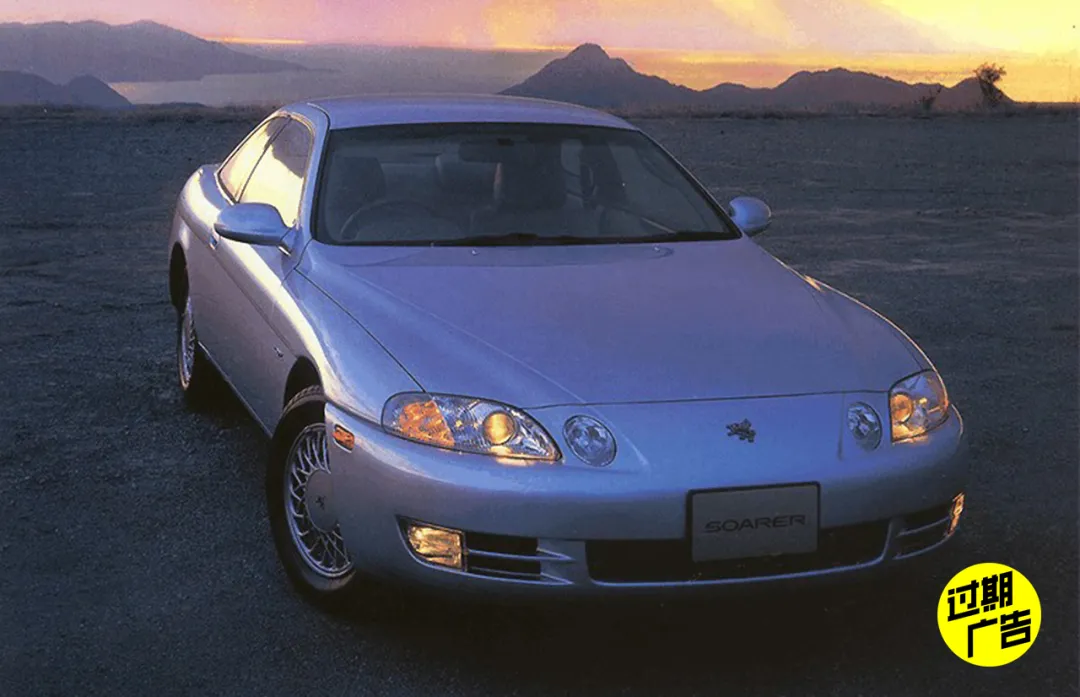
In 1991, Toyota equipped the Soarer model with a rearview camera, making it the first mass-produced car to have one.
Surprisingly, the 360-degree surround-view function was not invented until much later.
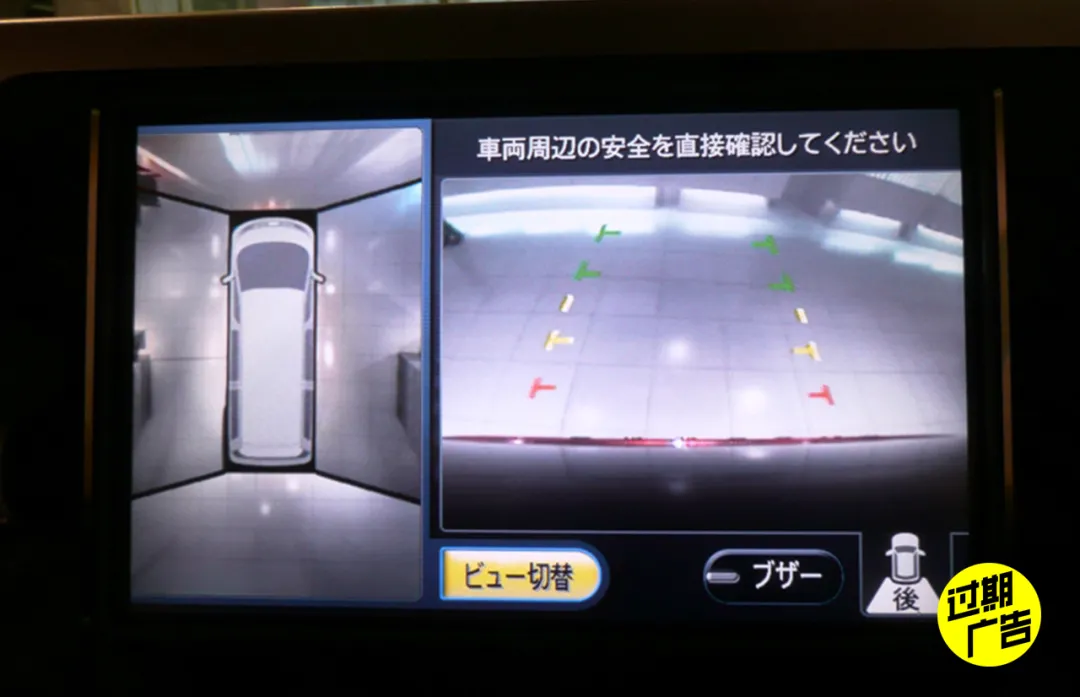
In 2007, Nissan became the first to release a camera surround-view system called the “Around View Monitor”, which provides a bird’s-eye view through four cameras around the vehicle.
Honda then followed suit in 2008 by introducing a similar product called the “Multi-View Camera System” on their Odyssey model.
Of course, during this period, other automakers were also exploring their own methods of making parking easier.The Mercedes-Benz S-Class with the code name W140 used to help drivers park by placing a reversing bar at the rear of the car.
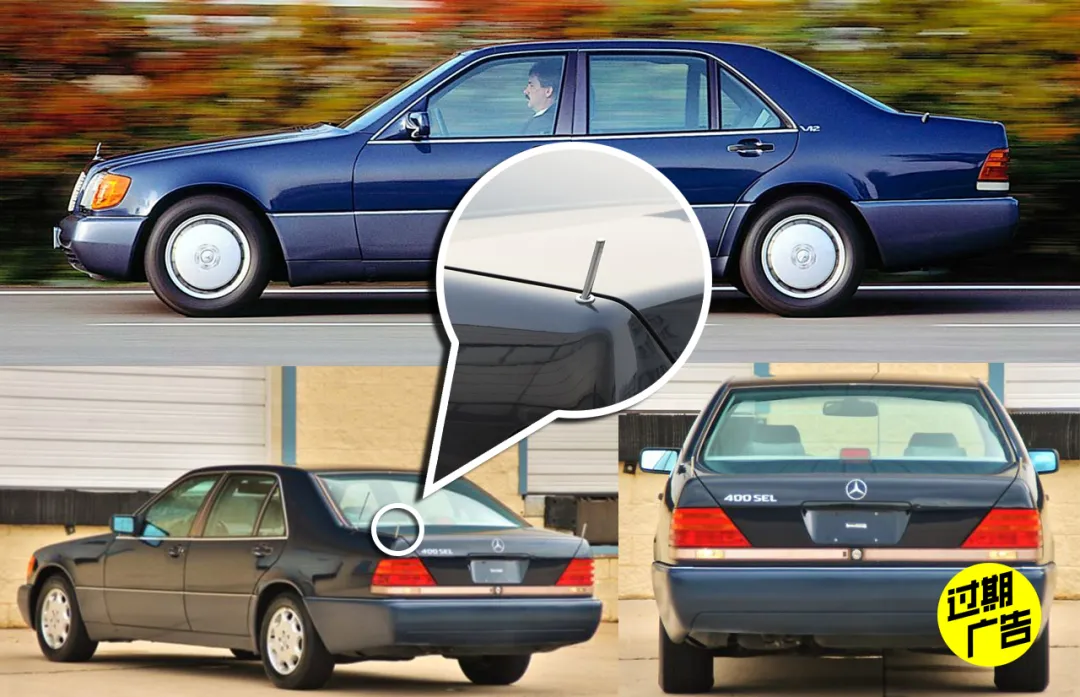
When the car is shifted into reverse gear, the two metal bars at the rear of the car will automatically rise to help the driver determine the position of the vehicle.
This is somewhat similar to the markers used in the second part of the driving test when practicing parking alongside a curb.
However, the electric reversing bar did not last long. As soon as the reversing radar became standard equipment in the Mercedes-Benz S-Class in 1995, the electric reversing bar quickly disappeared from the market.
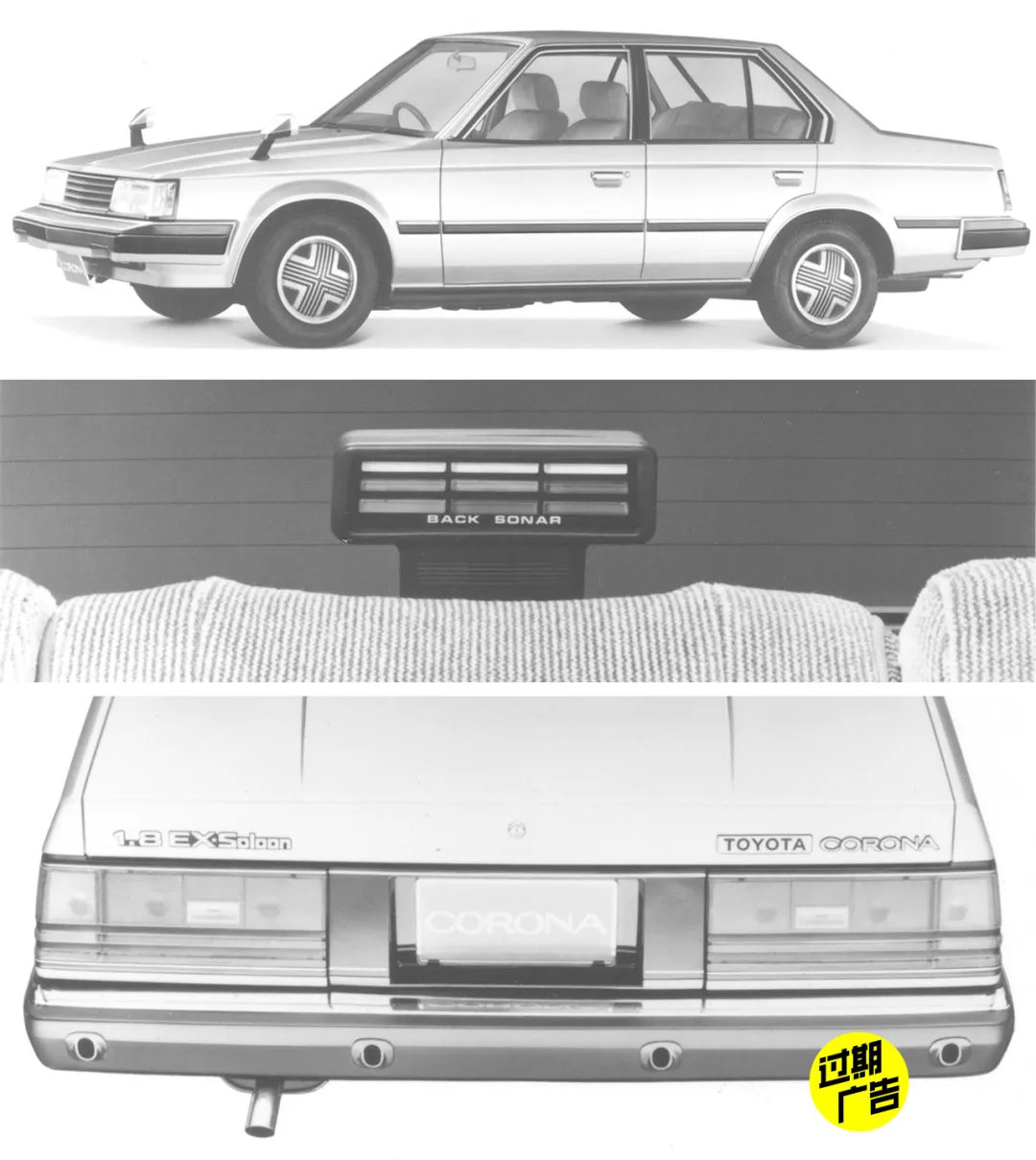
Speaking of reversing radar, it is worth mentioning that in 1982, Toyota announced that the Corona model will be equipped with a reversing radar.
The radar installed at the rear of the car will use lights and beeps to prompt the driver about the distance. This is the first time that reversing radar appeared on a car in a pre-installed way.

Of course, if all the above methods cannot help you park your car well, there is one final ultimate solution, which is to find someone to “park for you.”
Do you use automatic parking often?
Human beings have worked hard to park their cars. In the last century, a series of tools were invented, including auxiliary parking wheels, car-mounted rear cameras, reversing radar, 360-degree panoramic views, etc.
However, these means can only serve as auxiliary means for drivers to park manually.
Later, semi-automatic parking appeared on the market. After the vehicle automatically searches for a parking space, the driver only needs to follow the prompts to complete the shifting, control the throttle and brake, and the steering wheel will also be controlled by the vehicle.
Although semi-automatic parking has helped to some extent to reduce the burden of parking for drivers, many operations during the parking process still need to be manually completed by the driver.
Someone must ask, can the car park itself? Volkswagen answered, let me try.
At the 1992 Frankfurt IAA motor show, Volkswagen exhibited the IRVW (Integrated Research Volkswagen) Futura concept car.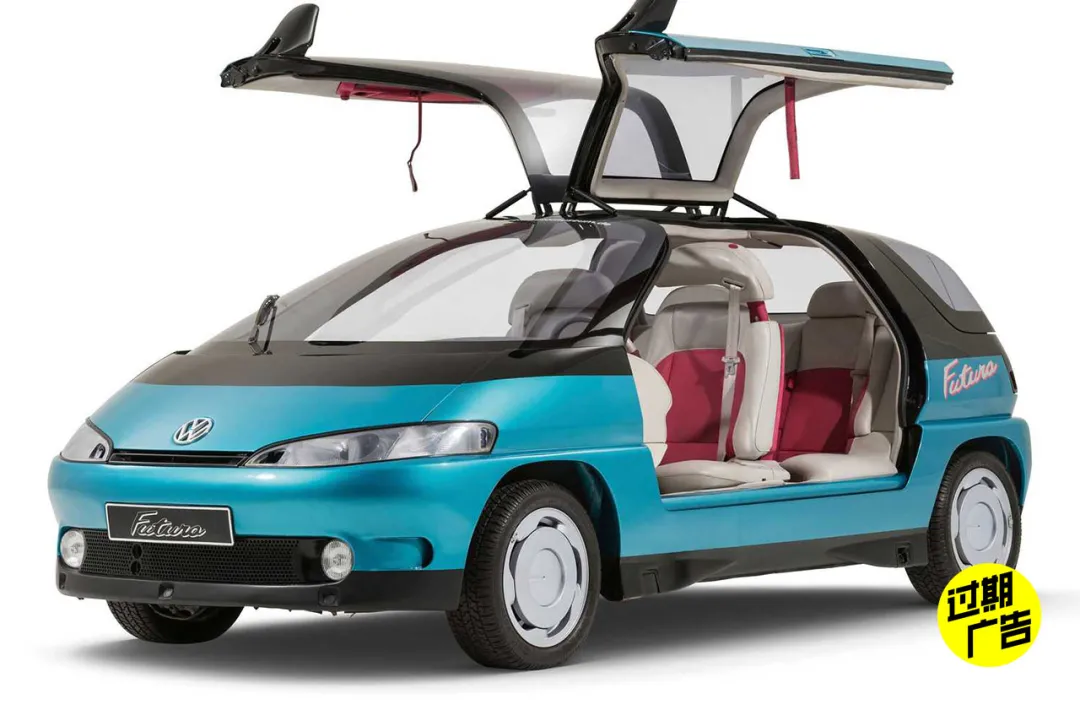
The IRVW Futura is a 2+2 MPV with a sleek and compact body, two exaggerated gull-wing doors, and a glass material from the front windshield to the rear window, which completely breaks through Volkswagen’s design language at that time.
But what is most attractive about the Futura is its fully automatic parking technology. The Futura is equipped with a four-wheel steering system (all four wheels can be turned), and the driver only needs to press a button for the vehicle to automatically park laterally into a parking space.
Even more impressive is that the vehicle can do this even when the driver is not in the car.
Unfortunately, the concept car was only a concept car, and the Futura did not ultimately enter the mass production program.
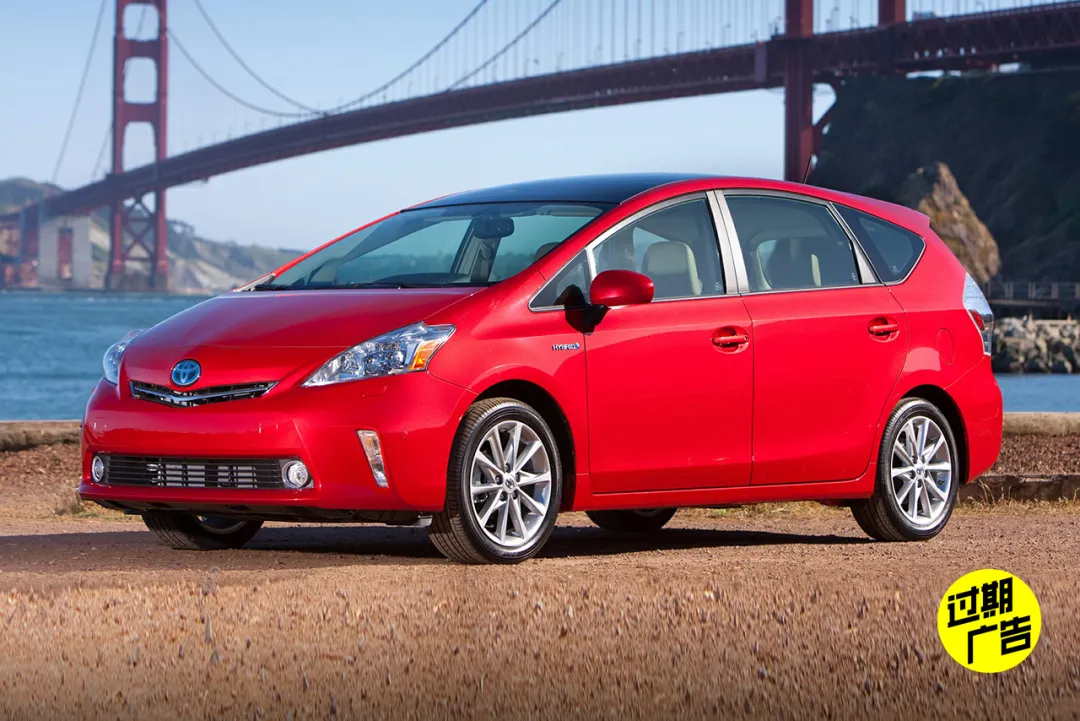
The first car company to truly apply the automatic parking system to mass-produced cars was, like the first to apply the reversing radar, Toyota.
In 2003, Toyota equipped the hybrid Prius with an Intelligent Parking Assist system that can park laterally. The parking process is completely controlled by the vehicle, and the driver does not need to operate the steering wheel, brakes, or throttle.
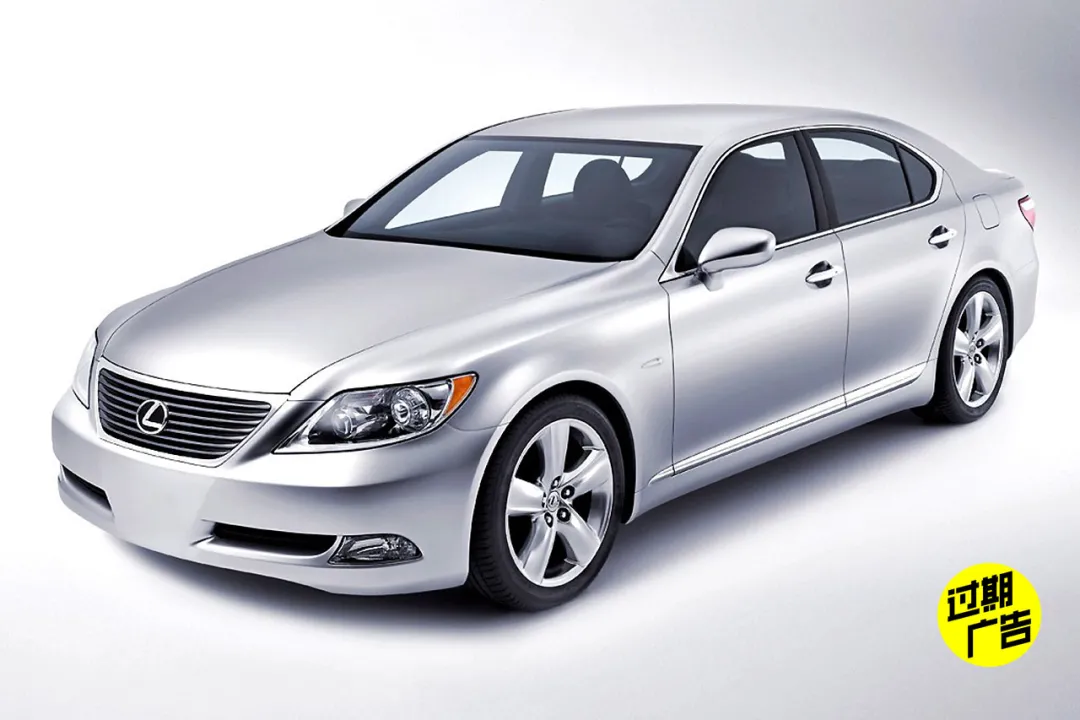
In 2006, Lexus, Toyota’s high-end brand, equipped the LS flagship sedan with an automatic parking system that not only can park in lateral spaces, but also has the ability to park in angled spaces.
Subsequently, other brands also introduced their own automatic parking systems. In 2009, Ford announced that the Lincoln brand was equipped with an Active Park Assist automatic parking system.
In 2010, BMW installed the “parking assistant” automatic parking system in the F10 5 Series sedan.
I don’t know if you’ve noticed, but although each brand has its own name for the automatic parking system, the names are very similar.“`markdown
Automatic Parking of Range Rover Evoque
In fact, these automatic parking systems are very similar in technology. They all use radar around the car to search for parking spaces and then perform automatic parking.
So, are these automatic parking systems easy to use?
The 2020 model Ideal One came with an automatic parking system that uses ultrasonic radar. As a car owner, I think I should have the right to speak on this feature.
To use the automatic parking of the 2020 model Ideal One, you need to move forward at a speed of less than 20 km/h, while keeping the distance between the car body and the edge of the parking space between 0.5 m and 1.5 m. At this time, the system will search for parking spaces.
Meanwhile, the driver needs to pay attention to the display screen. When driving past the recognized parking space for more than 1 meter, you can see a small circle with the letter P on the display screen. The driver needs to step on the brake, stop the car, and shift into reverse.
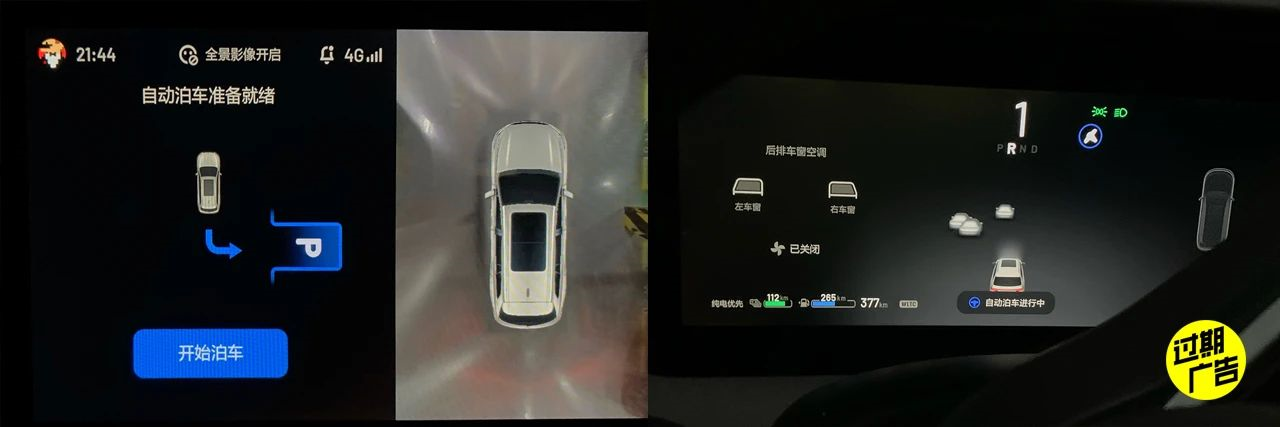
After clicking the “Start Parking” button on the screen, release the brake and remove your hands from the steering wheel. The car will automatically start parking. After the parking is completed, the car will automatically switch to P gear.
Since the automatic parking function of the 2020 model Ideal One identifies parking spaces through ultrasonic radar, the vehicle cannot recognize a long line of empty parking spaces, and the parking effect may sometimes be unsatisfactory.
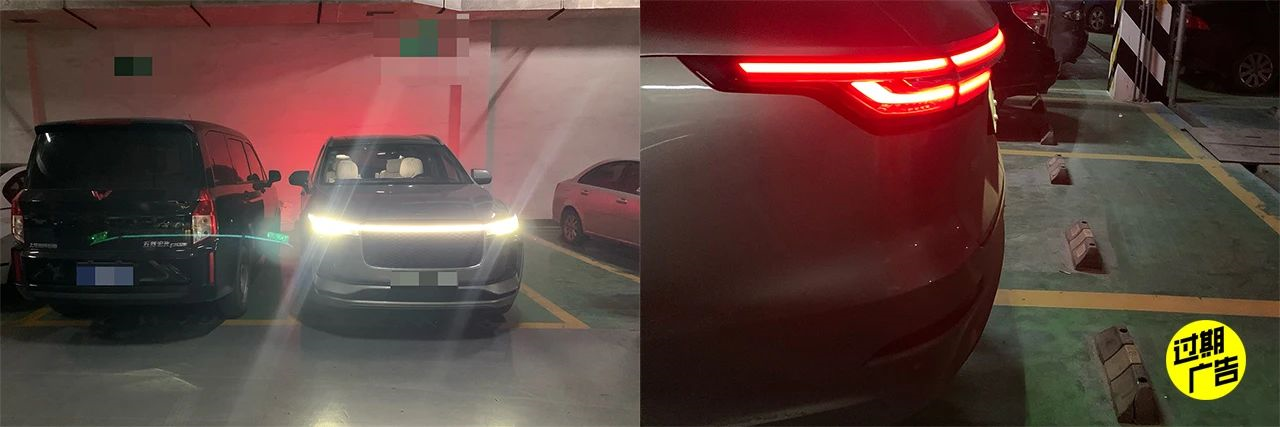
For example, some parking spaces are on one side of a pillar and on the other side of the car, which may result in the parked car being close to the adjacent car but far from the pillar. In addition, the depth of the car parked in the parking space may also be insufficient.
Since ultrasonic radar cannot recognize parking space lines, the engineers started to work on the camera and the visual fusion parking was born.
“`Using visually fused perception for automated parking, the vehicle can directly recognize the parking line through cameras surrounding the car, and the judgment of the vehicle towards the parking spot is no longer solely based on radar. Therefore, when dealing with diagonal parking spaces or a long row of empty parking spots, the car can still park into the spot.
In the field of domestically developed visually fused automated parking, XPeng is undoubtedly the champion. NIO also updated its visually fused parking function through an OTA in early 2021. The 2021 Idealsee ONE, which was launched on May 25th, is also equipped with visually fused park assist. The function will be upgraded on the 2020 model with the next OTA.
Another noteworthy function regarding automated parking is “remote parking.”
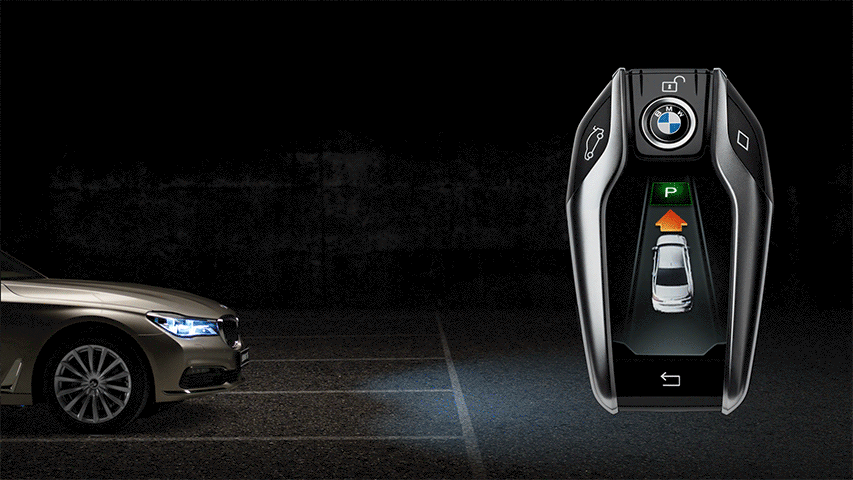
As the name suggests, the driver controls the car’s forward, backward, and steering movements outside of the vehicle by using a key or a mobile app. Because the driver is not in the car, the speed of the vehicle is exceptionally slow when using remote parking. Therefore, this function is most suitable for scenarios where the driver encounters narrow parking spaces and cannot get in or out of the vehicle easily.
Memory parking, another advanced solution
Not long ago, XPeng launched a beta test of Valet Parking Assist (VPA) memory parking for some XPeng P7 users.
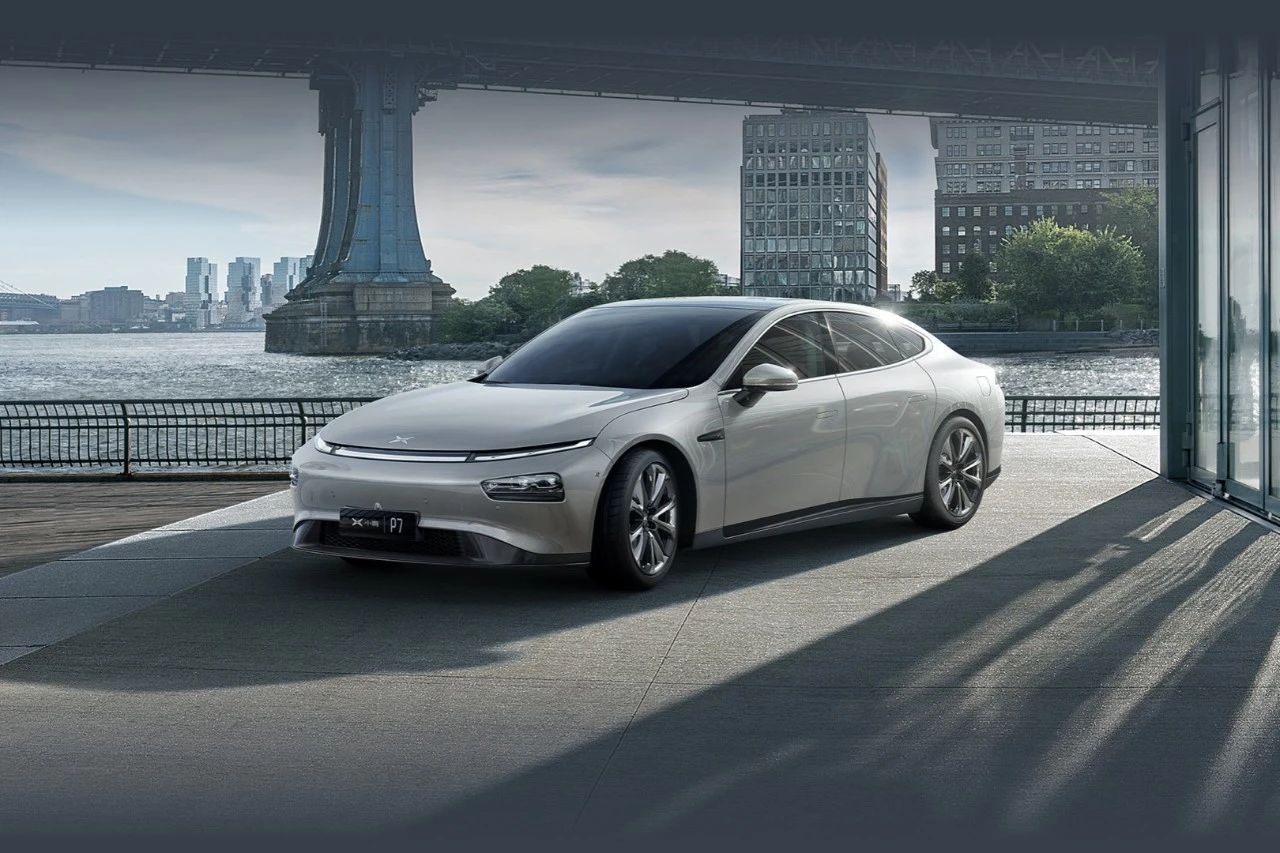
Memory parking in a parking lot means that the driver takes the car along a route in the parking lot and parks the car in the designated spot, allowing the car to remember the entire process. When the car comes back to the parking lot, it will help the driver drive along the previously learned route to the parking spot and complete the parking process.
Therefore, before using Valet Parking Assist (VPA) memory parking, the first thing that needs to be done is learning memory parking. In simpler terms, the process of learning memory parking is like mapping and scanning when using a robotic vacuum cleaner at home.
However, while mapping and scanning for a robotic vacuum cleaner can be done automatically by the machine, for XPeng’s memory parking, the driver needs to manually drive the car to their parking spot.
After completing the learning process, when the car re-enters the parking lot entrance, it can start using memory parking. During the process of memory parking, the vehicle will automatically follow the learned route, react to oncoming vehicles, various obstacles, signal lights, and automatically turn the steering wheel, ultimately parking the car into the previously learned parking spot.However, this does not mean that the driver can use their phone during the memory parking process. Essentially, the parking memory parking system of the Xpeng P7 is still within the range of L2 assisted driving.
If an accident occurs due to memory parking, the driver will still be held responsible as the primary person liable.
Parking lot parking, also known as “last mile” parking, has been addressed by Mercedes-Benz and WM Motors prior to Xpeng introducing its solution.
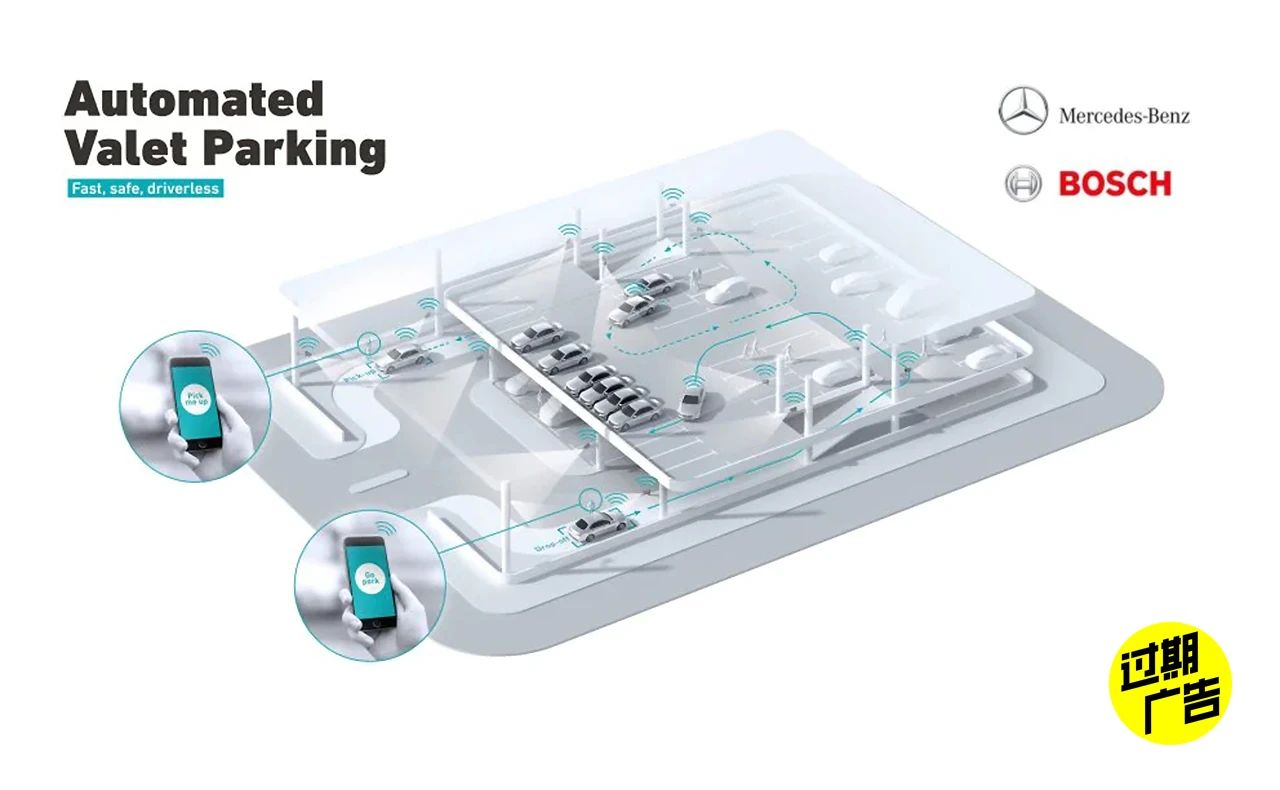
The automated valet parking system (Automated Valet Parking) used by Mercedes-Benz in parking lots was jointly developed with Bosch. Its strength is that the driver can be completely outside the car and use a mobile app to pick up and deliver the vehicle.
To achieve automated valet parking, the parking lot needs to be retrofitted with hardware. Cameras, radar, and various sensors need to be installed in the parking lot to detect the environment and the status of the vehicles, so that the next command can be issued to the vehicle.
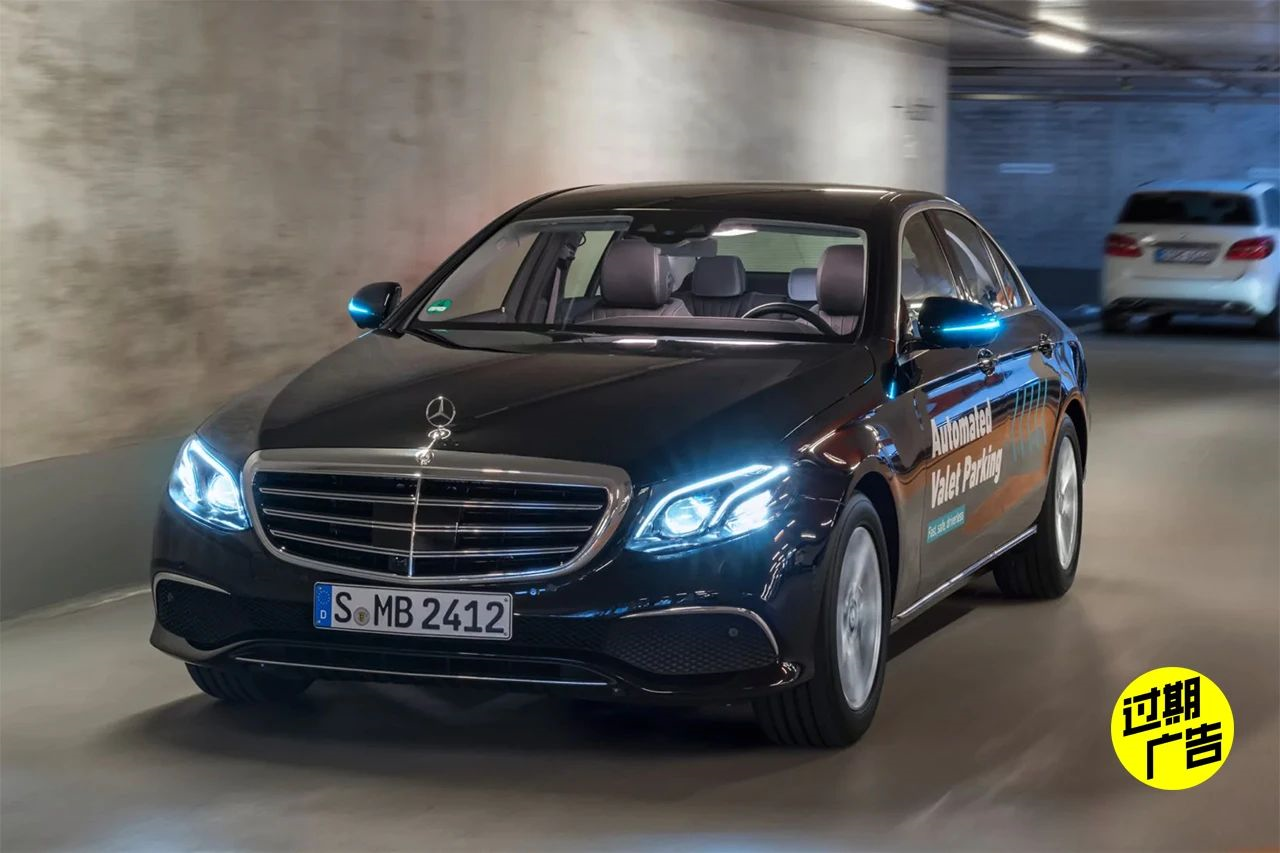
During this process, the vehicle only needs to respond to commands it receives to perform corresponding feedback actions, thereby achieving automatic parking.
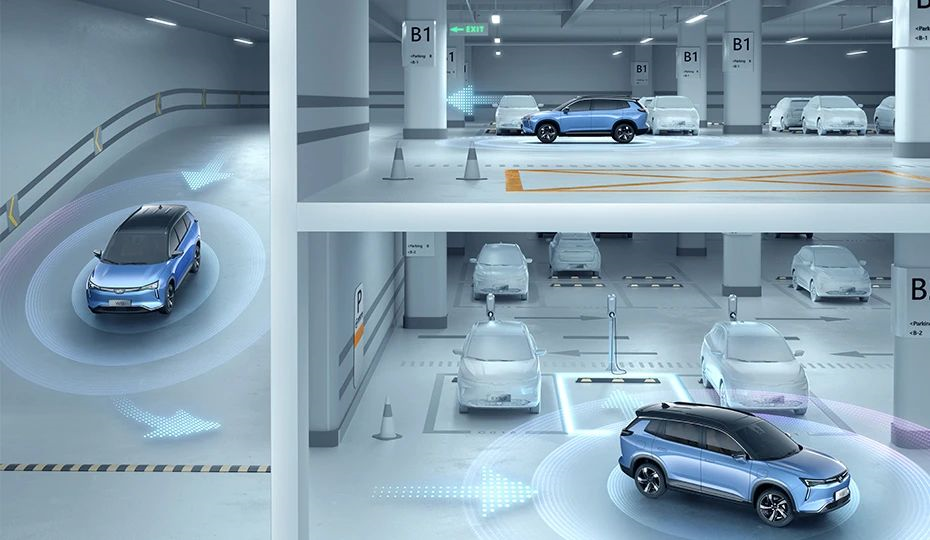
The WM Motor W6’s parking lot automated parking function relies on high-precision maps to achieve unmanned parking in the parking lot. In parking lots with high-precision maps, the WM Motor W6 can even cross floors to park.
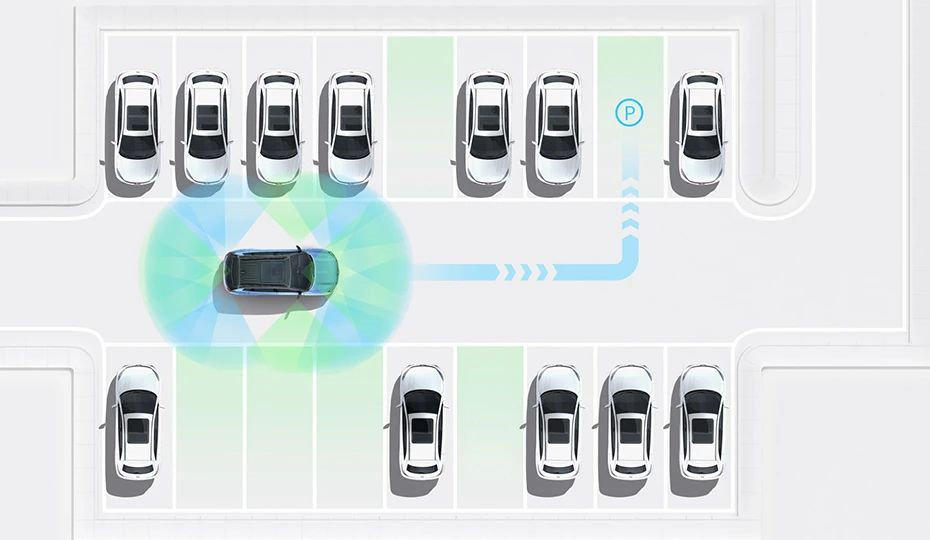
If there is no high-precision map coverage in the parking lot, the WM Motor W6 can also achieve parking through autonomous learning. After the driver drives it once, the vehicle uploads the data to the cloud for learning and digestion by the cloud.
After completing the above steps, the WM Motor W6 can be used for autonomous learning parking. However, the autonomous learning parking path of the WM Motor W6 is a bit short, covering only distances within 100 meters.
Comparing Xpeng P7, Mercedes-Benz, and WM Motor’s parking lot automated parking solutions, we can see that Mercedes-Benz and WM Motor rely more on external “help” to achieve automated parking in parking lot scenarios.Although Mercedes has relatively low hardware requirements for vehicles, it needs to make hardware renovations to parking lots, and also needs to maintain various sensors placed in parking lots, which increases costs.
WmAuto’s automated valet parking requires high-precision map cooperation, while WmAuto’s autonomous learning parking also requires network requirements for the garage because it needs to upload data to the cloud.
And as we all know, many domestic parking lots have been criticized by many smart car owners because of incomplete network signal coverage.
In comparison, XPeng P7 can achieve parking memory parking in parking lots relying only on the vehicle’s own hardware without relying on any modifications to the parking lot.
In terms of parking route memory length, XPeng P7 can remember a distance of 1000 meters within a single parking lot, and can remember up to 100 parking lots. The parking route is also all stored in the vehicle. In terms of usage, it can basically meet the needs of most users.
The only drawback is that XPeng P7 can currently only achieve memory parking in underground parking lots and cannot perform memory parking across floors. The final parking space is also only supported for the fixed parking space that has been learned.
Of course, for an OTA-enabled smart car, these are not problems. It is believed that with subsequent iterations and upgrades, XPeng P7’s memory parking will definitely break through the above-mentioned scenarios and bring convenience to drivers in more specific scenarios.
What Will Future Parking Be Like?
In my opinion, whether it is automatic parking in specific parking spaces or parking lot memory parking, it is essentially helping drivers achieve “assisted driving” and even the ultimate “autonomous driving” in specific scenarios.
So I think that the essence of this issue is not “what will future parking be like”, but “what will future autonomous driving be like”.
Taking XPeng P7 as an example, memory parking has been achieved in the first fixed location and fixed parking space of the parking lot, and subsequent expansion to non-fixed parking spaces can be achieved, such as realizing memory parking of the vehicle to the non-fixed parking space of the fast charging station in a parking lot.
Taking it further, is “autonomous parking” in parking lots feasible? Is “autonomous driving” on city roads at low speeds possible?
The future of intelligent driving will definitely be the era of autonomous driving. Let time break through our imagination and eventually achieve autonomous driving.
This article is a translation by ChatGPT of a Chinese report from 42HOW. If you have any questions about it, please email bd@42how.com.
